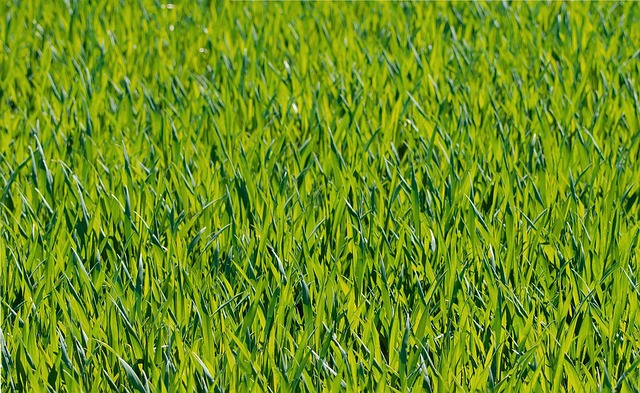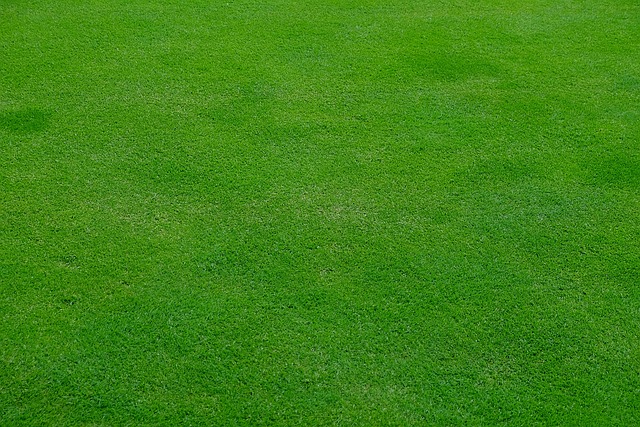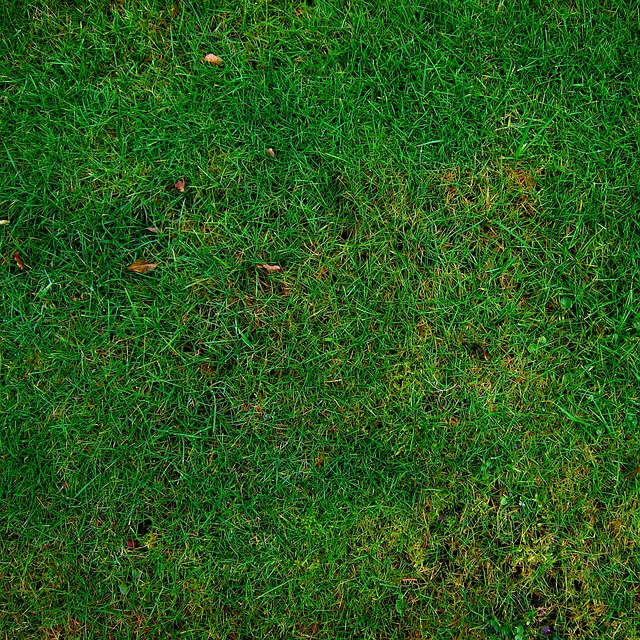In Wheat Ridge, maintaining a healthy lawn involves strategic herbicide application for managing diverse right-of-way (ROW) vegetation. Overseeding during late summer or early fall, along with regular mowing, tailored fertilization, and soil health monitoring, enhances lawn appearance and resilience. This holistic approach prevents weed competition, promotes strong grass growth, improves drought tolerance, and fosters an eco-friendly ecosystem.
“Lawn plant overseeding is an essential maintenance strategy for achieving lush, healthy grass. This article guides you through the process, highlighting the significant benefits and optimal timing for overseeding. We explore a critical component of lawn care: herbicide application for managing right-of-way vegetation in Wheat Ridge. Additionally, discover how to create a tailored maintenance plan, incorporating best practices for superior lawn care results.”
- Understanding Overseeding: Benefits and Timing for Lawn Health
- Herbicide Application: A Strategic Approach for Right-of-Way Vegetation Management in Wheat Ridge
- Creating a Comprehensive Maintenance Plan: Tips and Best Practices for Optimal Lawn Care
Understanding Overseeding: Benefits and Timing for Lawn Health

Overseeding is a crucial practice to maintain a lush and healthy lawn, especially in areas like Wheat Ridge where managing right-of-way vegetation requires careful attention using herbicide application techniques. By introducing new seed at the appropriate time, you can enhance your lawn’s overall appearance and resilience. The process involves adding fresh grass seed to the existing turfgrass, providing a boost of growth and density.
Timing is key; overseeding is best done in late summer or early fall when temperatures cool down. This allows the new seeds to establish before winter, ensuring a robust start to the next growing season. It’s an effective way to fill in thin areas, control weeds, and improve turf quality. Additionally, it helps prevent soil erosion during harsh winters and promotes a vibrant green lawn year-round.
Herbicide Application: A Strategic Approach for Right-of-Way Vegetation Management in Wheat Ridge

In Wheat Ridge, effective herbicide application is a strategic tool for managing right-of-way (ROW) vegetation, ensuring a well-maintained and controlled landscape. The key to successful herbicide use lies in understanding the unique challenges posed by urban areas, where diverse plant species compete for space alongside roads, medians, and utility corridors. A targeted approach is necessary to manage these specific environments while adhering to safety protocols and environmental regulations.
Professionals in Wheat Ridge employ a nuanced strategy, considering factors such as plant identification, growth stages, and local ecosystems. Pre-emergent herbicides are often used to prevent weed germination, while post-emergents target established weeds. This strategic application method not only controls unwanted vegetation but also promotes a healthy lawn by allowing targeted species to thrive. By employing these techniques, the city maintains an aesthetically pleasing and well-managed ROW, setting a standard for urban green spaces.
Creating a Comprehensive Maintenance Plan: Tips and Best Practices for Optimal Lawn Care

Creating a comprehensive maintenance plan is essential for achieving and maintaining a lush, healthy lawn. It involves a strategic approach to various aspects of care, from mowing and watering to fertilizing and pest control. A well-rounded plan should consider the specific needs of your lawn, including its size, type, and surrounding environment. One critical component that often requires attention is herbicide application for right-of-way vegetation in Wheat Ridge, ensuring that unwanted weeds and invasive plants don’t compete with your lawn for essential nutrients and water.
Best practices dictate a balanced approach to lawn care. Regular mowing at the appropriate height encourages robust growth and helps prevent weeds from taking over. Fertilization should be tailored to the grass species and seasonal changes, promoting deep root development for better drought tolerance. Additionally, regular testing of soil health and pH levels enables precise adjustments to fertilization and irrigation practices. Integrating organic methods and eco-friendly products into your maintenance plan can enhance soil biology and overall lawn resilience.
Incorporating lawn plant overseeding into your maintenance plan offers significant benefits for turf health, ensuring a lush and vibrant landscape. By understanding the optimal timing and implementing strategic herbicide applications for managing right-of-way vegetation in Wheat Ridge, you can create a comprehensive care routine. Following best practices ensures your lawn thrives, providing a beautiful and functional outdoor space that enhances your property’s value. Remember, a well-maintained lawn is not just aesthetically pleasing but also serves as a testament to your commitment to meticulous care.
